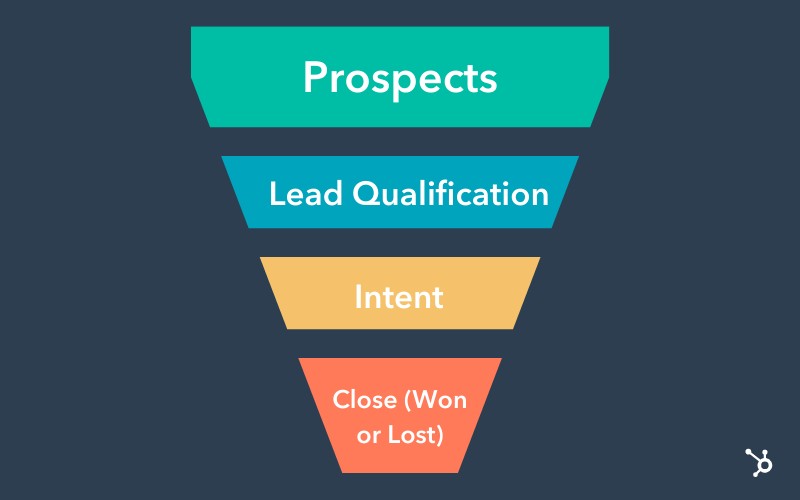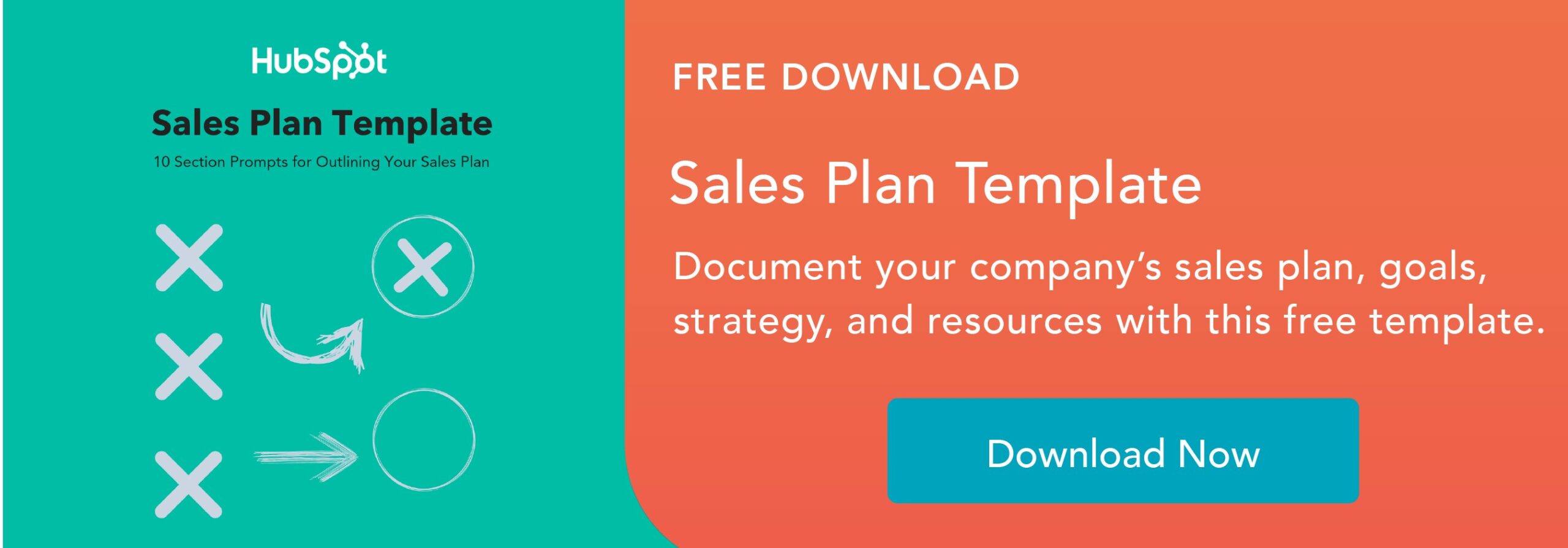An effective B2B SaaS sales funnel is critical for your brand to drive conversions. But 68% of companies say they haven’t attempted to evaluate the impact of their sales funnel and 79% say that marketing leads are never converted.
The result is a growing need for in-depth sales funnel optimization: Companies need to consider how current funnels are performing, where they need to improve, and what steps they can take to achieve this goal.
In this piece, we’ll dig into B2B SaaS sales funnel basics and explore five ways your brand can optimize this approach.

While the stages of the SaaS sales funnel mirror those of less specialized sales approaches, the specifics of each stage differ. Let’s take a closer look at each.
Prospects
The prospects stage is the most general and involves broadly identifying potential prospects from the market at large. The goal here isn’t to make a sale on day one but rather to raise awareness of your brand to help potential customers understand that you don’t just deliver a product, you deliver a service that’s continually supported over time.
This stage of the funnel is also known as TOFU, or Top of the Funnel.
Lead Qualification
The next stage in the SaaS sales funnel is sales qualifaciton. This focuses on vetting leads obtained in the first stage: Are they interested in your SaaS solutions? Do they have the budget and decision-making authority to purchase your product? Qualified leads help sales teams boost win rates; unqualified leads can waste time for marketers, sales teams, and customers themselves.
Intent
Intent speaks to the portion of the funnel which sees leads activity looking to learn more about your SaaS solution and draft an agreement. In this stage, your sales teams are looking to connect more deeply with prospects and answer any questions they have, ASAP.
Both lead qualification and intent fall into the middle of the funnel, or MOFU.
Close (Won or Lost)
The last stage of the sales funnel is closing. Also known as BOFU or bottom of the funnel, closing isn’t always a win — your team could almost close the deal and find themselves frustrated at the last moment.
It’s also worth noting that closing in SaaS sales isn’t an end state but rather the beginning of a relationship. Ideally, your sales team wants to negotiate an agreement that sees customers purchase initial services and come back for contract extensions time and time again.
Ready to start optimizing your SaaS sales funnel? Here are eight ways to improve.
1. Boost Awareness with TOFU
TOFU content is designed to promote awareness of what your product can do and encourage prospective buyers to get in touch. Consider the example below of Adobe’s Creative Cloud on Facebook. The company offers a slick video along with a link to on-demand video content that dives into the use of 3D art tools — which Adobe just happens to sell — and how they’re impacting automotive design.
Other TOFU approaches include how-to guides, tutorials, and multichannel social media campaigns.
2. Optimize Your Content
Content optimization takes place within 3 specific content generation tactics: utilizing a multi-channel messaging strategy, improving thought leadership positioning, and segmenting the content’s delivery.
The goal here is to connect with potential customers and give them a more in-depth look at what your brand does and what sets it apart from the competition.
3. Target the Most Valuable Leads
The first tier of funnel optimization suggests that marketers focus on targeting the most valuable leads by examining how customers sought the information to begin with. Value propositions that resonate with select groups will facilitate the differentiation of these targets. This can be the most effective when exemplified by website design, management, and optimization.
4. Qualify Leads
On average, only 27% of B2B inquiries are qualified before they are given to the sales team. This is a problem since unqualified leads are far less likely to drive conversion. As a result, it’s worth taking the time to ensure leads have the intent and authority to make purchasing decisions.
5. Improve Lead Nurturing
Now the spotlight moves to lead nurturing. Here, the goal is to engage with potential customers and provide answers to whatever questions they may have. The better your nurturing efforts, the more likely you’ll be able to close the deal and drive SaaS revenue.
6. Make the Most of MOFU
Middle of the Funnel efforts focus on intent. This goes beyond lead nurturing to dive into the details of conversion. From a SaaS perspective, this means working with B2B leads to determine their specific needs and design offerings that best align with their budget and business goals.
The more specific your team can get in discovering key pain points and potential remedies, the better your MOFU efforts.
7. Close the Deal and Keep Them Coming Back
Now it’s time to close the deal. This means presenting leads with a finished contract and service-level agreement (SLA) along with negotiating the length of the contract term. Depending on your SaaS model, you may offer a free trial or the option to cancel without penalty for the first few months.
While the best bet here is a long-term (one year or more) contract, B2B leaders may be reluctant to sign on the line for that long. No matter what the term length turns out to be, however, the underlying rule remains the same: Focus on over-delivering to exceed expectations to ensure businesses keep coming back.
Worth noting? Even lost deals offer a valuable lesson. Rather than simply chalking the experience up to bad luck, it’s a good idea to hold a team debrief to discover where sales funnel processes worked as intended and where improvements could be made.
8. Measure Success
Once you have optimized to this point, on average, 20% of your leads will have converted into sales. This number is even more important when you realize only 32% of organizations have actually identified their marketing funnels.
As a result, it’s critical to measure both current and historic success rates to see if you’re heading in the right direction. If not, it’s a good idea to assess your B2B SaaS sales funnel approach and make changes as needed.
Facilitating Funnel Functions
The concept behind the sales funnel is straightforward: Capture broad leads at the top and then refine these leads at each step to drive conversion.
In practice, however, funneling can be both time- and resource-intensive, especially for B2B SaaS connections. With an approach that targets valuable leads, highlights your ongoing value proposition, and quantifies success over time, your brand can boost funnel function and win more long-term deals.
Editor's note: This post was originally published in August 2011 and has been updated for comprehensiveness.

